Creative Wellness Matters More Than Productivity
What happens when we stop measuring our worth by our output and start honoring our whole creative being?
There's a pervasive myth that being a "real" artist means suffering for your work. That creative struggles are badges of honor, proof you're taking your craft seriously. That measuring worth by word counts, finished pieces, and how many hours you can push through exhaustion is what separates serious artists from hobbyists.
The result of this mindset? Burnout that leaves creators unable to make anything for months. Creative practices that feel more like punishment than play. The devastating realization that all this "productivity" actually makes us less creative, not more.
If this sounds familiar, you're not alone. In our culture that glorifies the grind, creative wellness often gets dismissed as "soft" or "secondary" to the "real work" of making art. But here's what becomes clear when we examine the relationship between creativity and wellbeing: wellness isn't the enemy of creativity. It's the foundation that makes sustainable creativity possible.
The Productivity Trap That's Killing Our Creativity
When we prioritize productivity over wellness, we fall into what might be called a Creative Depletion Cycle:
Push → Burnout → Shame → Push Harder → Deeper Burnout → Creative Paralysis
Sound familiar? This cycle shows up in countless ways:
The Daily Grind Mindset: "I must create every day, no matter how I feel"
The Output Obsession: Measuring creative worth by quantity of finished pieces
The Comparison Trap: Using others' productivity as evidence of our own inadequacy
The Emotion Bypass: Pushing through difficult feelings instead of processing them
The Energy Ignore: Working against our natural rhythms instead of with them
What's heartbreaking is that this approach doesn't just harm our wellbeing but actually sabotages the very creativity we're trying to nurture.
What Creative Wellness Actually Looks Like
Creative wellness is about building a creative practice that honors your whole human experience including the messy, difficult, and imperfect parts.
Creative wellness means:
Energy Awareness: Recognizing your natural rhythms and working with them, not against them
Emotional Integration: Using feelings as creative material rather than obstacles to overcome
Boundary Respect: Knowing when to push and when to rest
Process Honor: Valuing the journey of creation, not just the destination
Sustainable Practices: Creating in ways that fuel rather than deplete you
Think of it this way: Would you rather create prolifically for six months and then burn out for two years, or create steadily and joyfully for decades?
The Science Behind Creative Wellness
Research consistently shows that our mental and physical states directly impact creative capacity:
Stress hormones literally inhibit the brain regions responsible for creative thinking
Chronic exhaustion reduces our ability to make novel connections (the foundation of creativity)
Emotional suppression blocks access to the full range of human experience that feeds our art
Sleep deprivation impairs the default mode network that generates creative insights
Meanwhile, practices that support wellness (like adequate rest, emotional processing, and stress management) enhance creative flow, increase problem-solving ability, and improve the quality of our artistic work.
Practical Tips to Shift Your Mindset
If the tips above seem helpful, you might want to download the whole 26-page booklet of 40 practical mindset shifts across 8 different creative categories.
The Permission You've Been Waiting For
Here's what the productivity culture doesn't want you to know: You have permission to create in ways that feel good.
You have permission to:
Rest when you're tired
Create less during difficult life periods
Change your medium when one stops serving you
Process emotions before, during, or through your creative work
Value your wellbeing as much as your artistic output
Define success by your own measures, not external ones
You already have this permission. (Or you don’t need this permission, however you want to view that.)
Creating Your Wellness-First Practice
Start with these gentle shifts:
1. Energy Mapping: Notice when you feel most creative and honor those rhythms
2. Emotional Check-ins: Before creating, ask "How am I feeling, and how might this inform my work?"
3. Progress Redefinition: Celebrate process victories, not just completed pieces
4. Boundary Setting: Create limits that protect your creative energy
5. Recovery Rituals: Build restoration into your creative routine

The Radical Act of Sustainable Creativity
In a world that demands endless productivity, choosing creative wellness is revolutionary. It's saying that your humanity matters more than your output. That your long-term creative capacity is more valuable than short-term gains. That you trust your inner wisdom more than external pressures.
When we create from a place of wellness rather than depletion, something magical happens. Our work becomes more authentic because we're accessing our full emotional range. It becomes more sustainable because we're working with our natural rhythms. And it becomes more meaningful because we're honoring the sacred relationship between creator and creation.
Your creativity doesn't need to be productive to be valuable. It doesn't need to be constant to be real. It doesn't need to hurt to matter.
What it needs is you rested, aware, emotionally integrated, and creatively alive.
The world doesn't need more burnt out artists creating from obligation. It needs artists who are so well resourced and connected to their creativity that their work becomes a gift to both themselves and others.
That's the power of putting creative wellness first. Not because it makes you more productive (though it often does), but because it makes you more you.
Academic Report
If you nerd out on this stuff like I do, perhaps you’d be interested in the academic report ebook I’ve published on this topic?
If you read this far, perhaps you liked the work. The work takes work. Support it if you can:

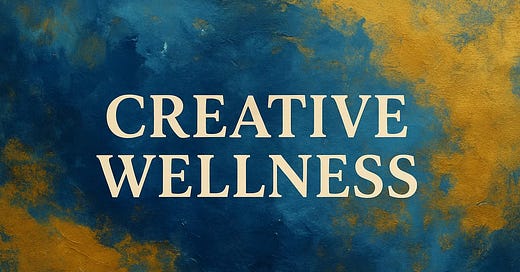



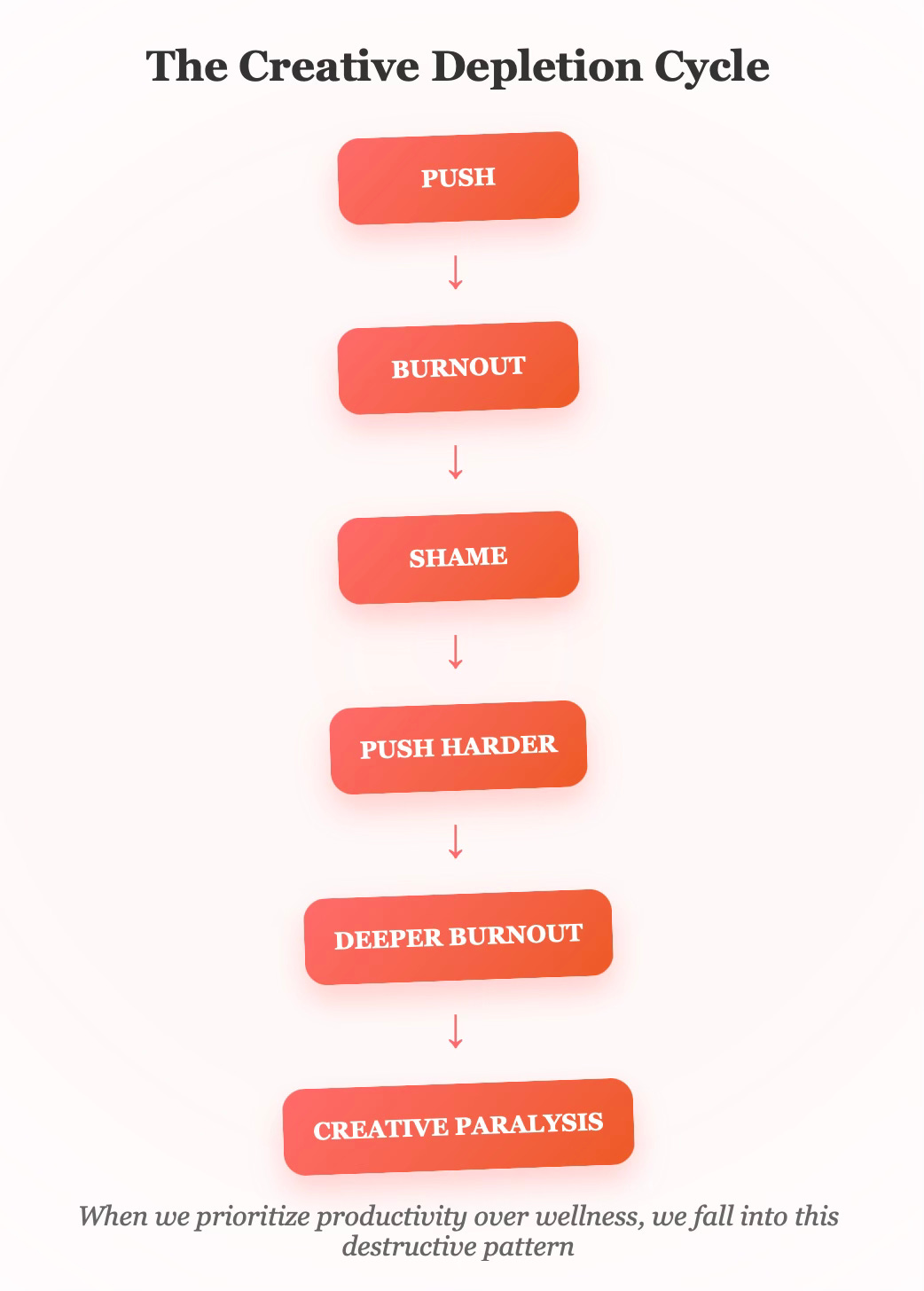
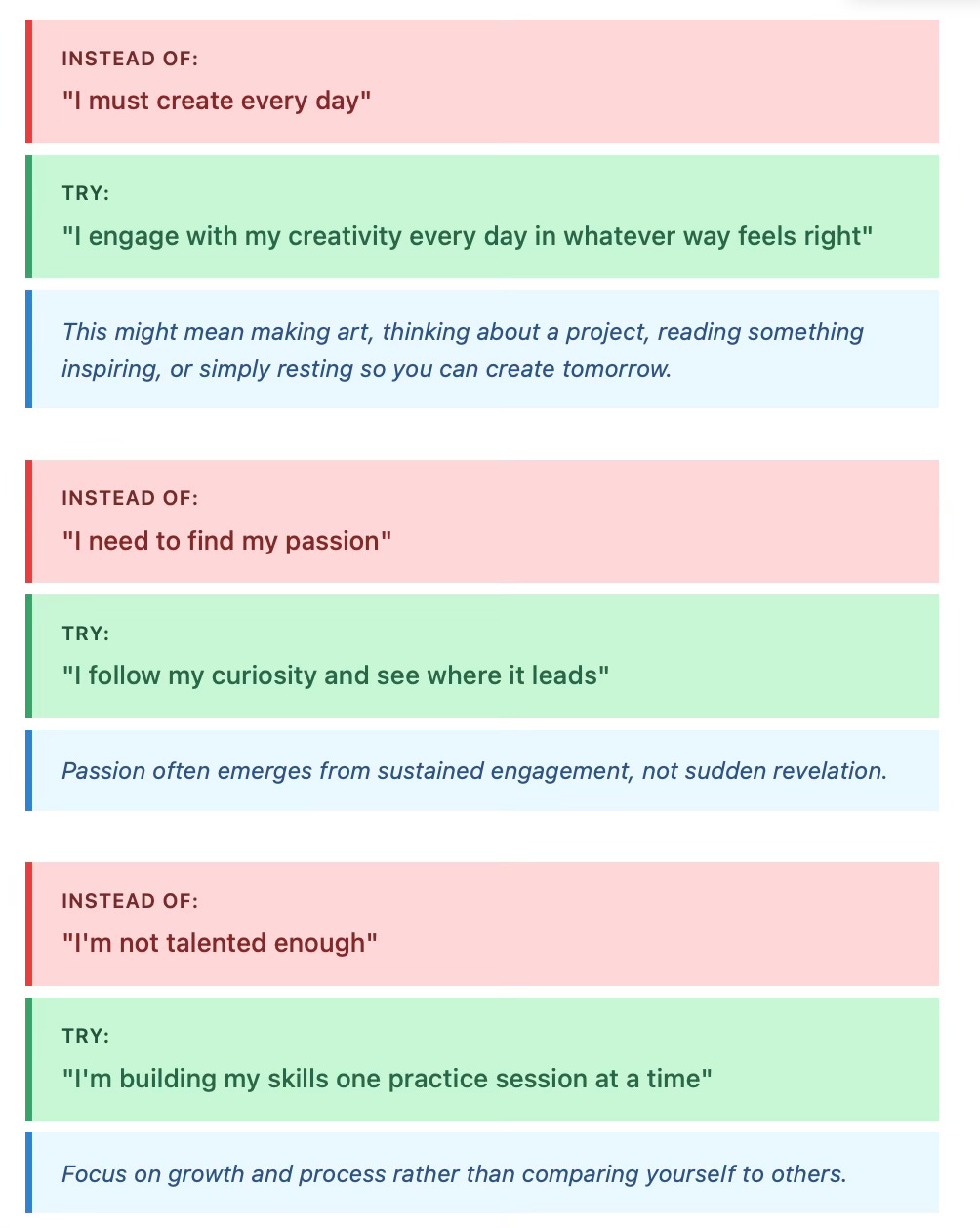

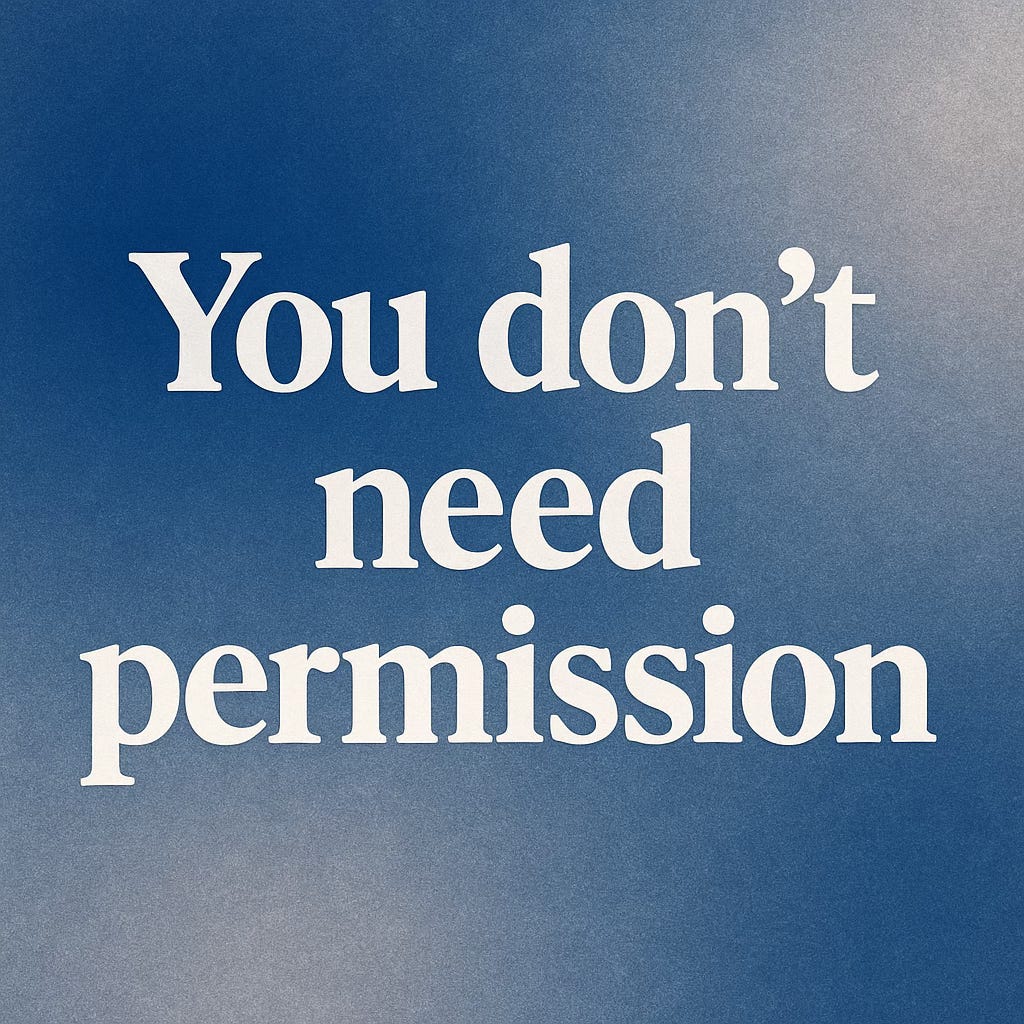
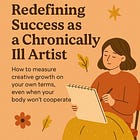

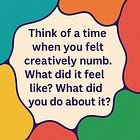

I'm just accepting that I have limitations because I wanted to believe for so long that this part of me didn't become disabled, too. I have been ignoring the burnout signs, but this article helps me to evaluate, analyze, and restructure my creative blocks. Thank you for your wisdom, this is very helpful!